- November 12, 2019
- By Maryland Today Staff
Life would be a little different—and a lot bulkier—without some of the more than 170 patents issued to Donald H. Willis ’62, who’ll join the A. James Clark School of Engineering’s Innovation Hall of Fame in a ceremony today.
Willis’ inventions paved the way for advances in television receivers when tube-based analog devices were beginning to give way to solid-state digital technologies and flat-panel displays.
“Imagine trying to carry around an old-fashioned TV consisting of a CRT screen and vacuum tubes in your pocket, rather than a flat-panel display with digital microelectronics, like in your phone,” said Nate Bluzer Ph.D. ’74, chair of the Innovation Hall of Fame committee and a 1995 inductee for pioneering work with microelectronic imaging devices. “It’s fantastic technology.”
Every year since 1987, the Clark School has added a notable alum to the Innovation Hall of Fame. The ceremony this year has added meaning because the Clark School is celebrating its 125th anniversary.
Selection to the Innovation Hall of Fame is strictly for technical achievements, rather than ones in management, Bluzer said. “The IHOF selection criteria emphasize how the technical innovation and contribution by the candidate are improving things for society—in terms of safety, reliability, public health or general utility in everyday life.”
After graduating from UMD with honors, Willis took a job at RCA Corp. as a circuit design engineer working on vacuum tube color televisions. In a message to the Clark School community, Dean Darryll Pines said that in addition to TV receivers, Willis’ major areas of impact included the early development of VCRs, DVD players, Ferroresonant power supplies and display technology.
“His work contributed to the heavy and sustained innovation put to use by the electronics industry during this historical period,” Pines said, but noted that Willis’s output didn’t stop once the switch to digital tech was complete; his most recent patent came in 2016.
Meet some of the Hall of Famers from years past:
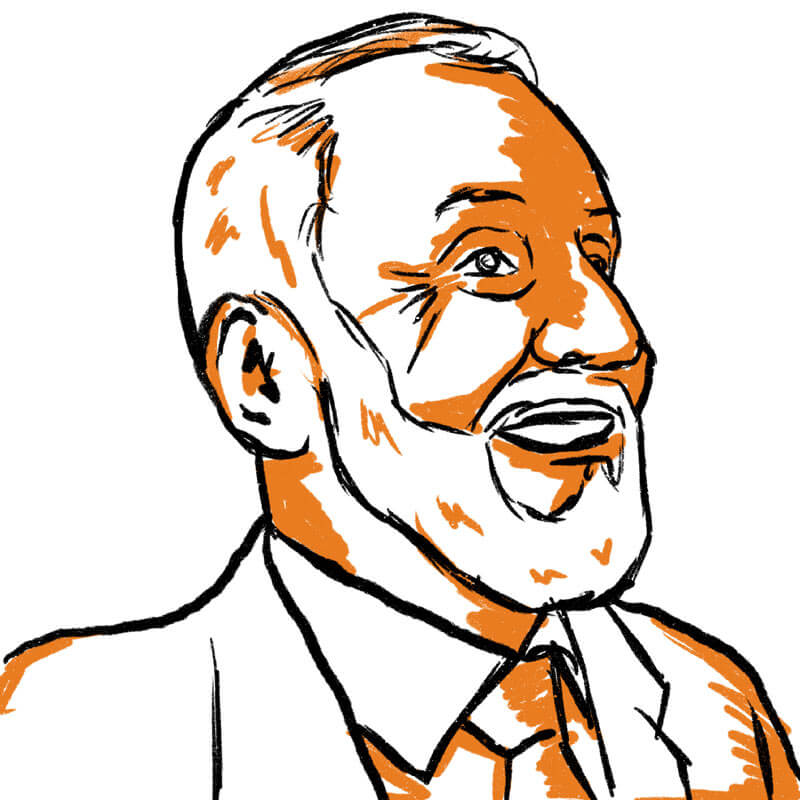 2018: Charles H. Popenoe ’57’s inventions run the gamut, from his Solar Furnace project, which produced “clean” temperatures of 6,300 degrees, to missile and rocket designs for the Navy, and MIDAS, a universal laboratory data acquisition and control system. Popenoe’s most well-known “eureka moment” resulted in SmartBolts, fasteners that display tension with a built-in indicator that changes color as the bolt is tightened or loosened.
2018: Charles H. Popenoe ’57’s inventions run the gamut, from his Solar Furnace project, which produced “clean” temperatures of 6,300 degrees, to missile and rocket designs for the Navy, and MIDAS, a universal laboratory data acquisition and control system. Popenoe’s most well-known “eureka moment” resulted in SmartBolts, fasteners that display tension with a built-in indicator that changes color as the bolt is tightened or loosened.
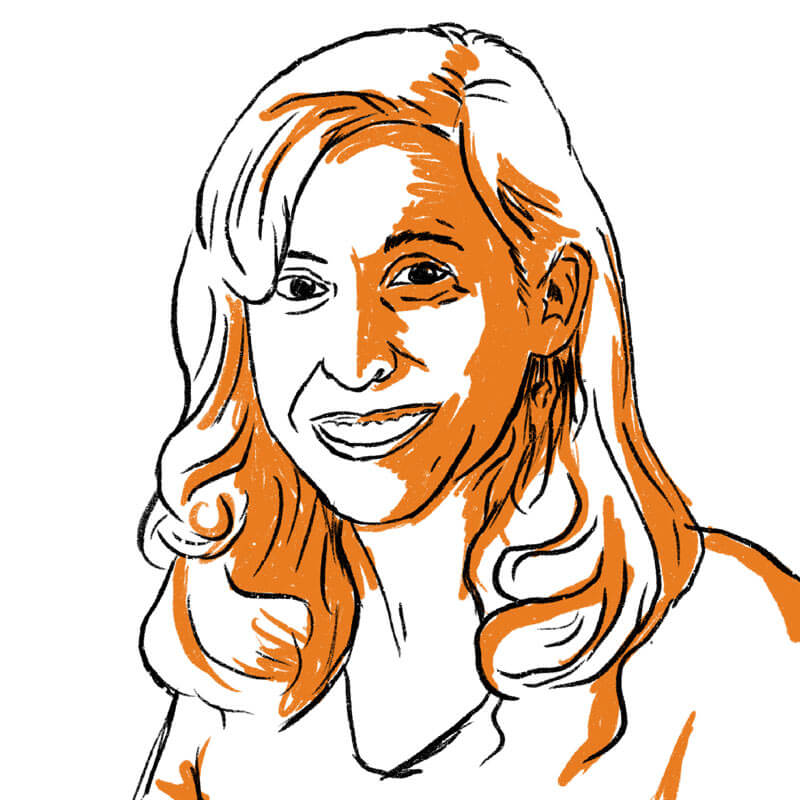 2015: Naomi Ehrich Leonard Ph.D. ’94, the Edwin S. Wilsey Professor of mechanical and aerospace engineering at Princeton University, helped researchers better understand how groups ranging from animals to robots work as groups. She has made key contributions to both theory and application in the field of control and dynamical systems, and developed methodologies for the systematic investigation and design of feedback mechanisms that enable individual agents to coordinate decision-making, sensing and motion.
2015: Naomi Ehrich Leonard Ph.D. ’94, the Edwin S. Wilsey Professor of mechanical and aerospace engineering at Princeton University, helped researchers better understand how groups ranging from animals to robots work as groups. She has made key contributions to both theory and application in the field of control and dynamical systems, and developed methodologies for the systematic investigation and design of feedback mechanisms that enable individual agents to coordinate decision-making, sensing and motion.
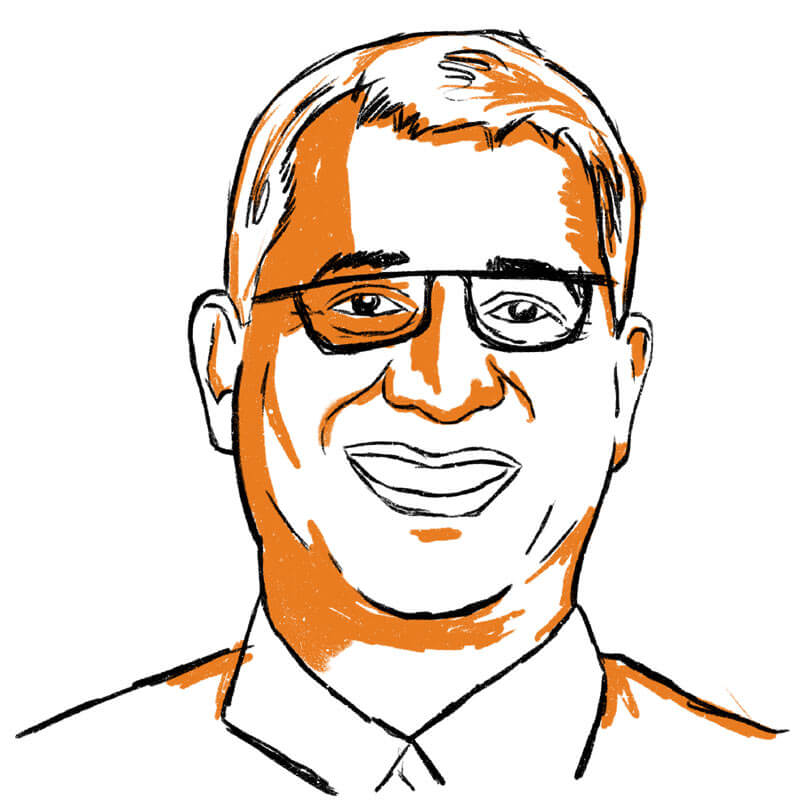 2012: Ashish Bagai ’90, M.Eng. ’92, Ph.D. ’95 is an innovative pioneer in the aerodynamic design of rotorcraft blades. He helped design and build technologies that are changing the way helicopters operate, improving performance in medical, search and rescue and military applications.
2012: Ashish Bagai ’90, M.Eng. ’92, Ph.D. ’95 is an innovative pioneer in the aerodynamic design of rotorcraft blades. He helped design and build technologies that are changing the way helicopters operate, improving performance in medical, search and rescue and military applications.
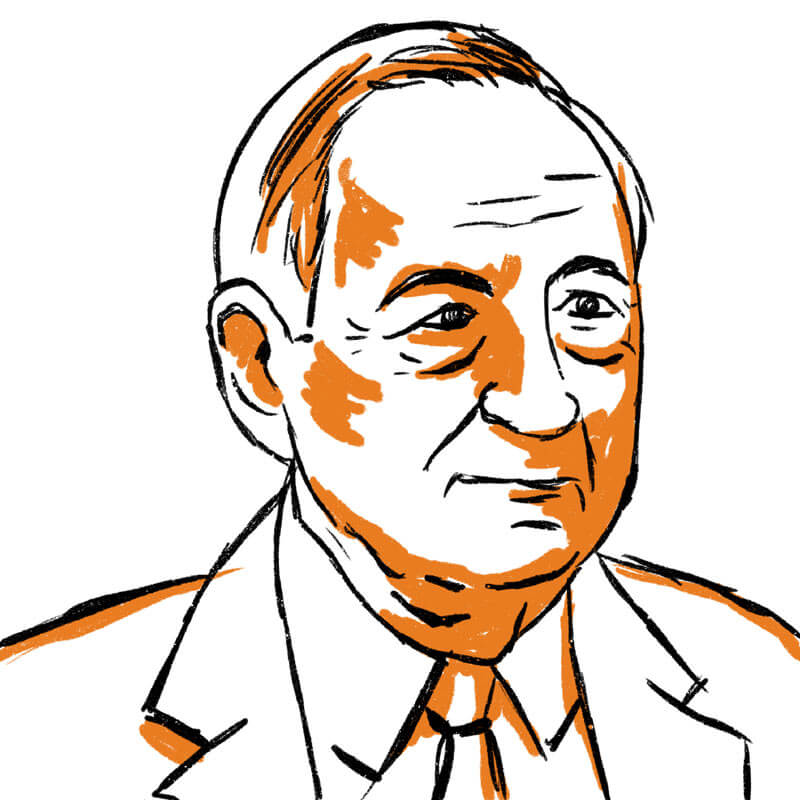 2010: National Academy of Engineering member Robert Briskman M.S. ’61 co-founded Sirius Satellite Radio, based on technology he developed that allows satellite transmissions to provide continuous radio programming across enormous geographic areas. Today, SirusXM has 34.3 million customers. While chief of program support at NASA, Briskman invented the unified S-band system, which combined many mediums, including voice and TV, into a single antenna.
2010: National Academy of Engineering member Robert Briskman M.S. ’61 co-founded Sirius Satellite Radio, based on technology he developed that allows satellite transmissions to provide continuous radio programming across enormous geographic areas. Today, SirusXM has 34.3 million customers. While chief of program support at NASA, Briskman invented the unified S-band system, which combined many mediums, including voice and TV, into a single antenna.
 2004: Jeong H. Kim Ph.D. ’91, a professor of practice in the Clark School and a National Academy of Engineering member, is a leading entrepreneur in communications, wireless technologies, and broadband optical systems. A veteran of the U.S. Navy, he pioneered the Asynchronous Transfer Mode (ATM) Switch for wireless applications, a key step in modernizing telecommunications systems.
2004: Jeong H. Kim Ph.D. ’91, a professor of practice in the Clark School and a National Academy of Engineering member, is a leading entrepreneur in communications, wireless technologies, and broadband optical systems. A veteran of the U.S. Navy, he pioneered the Asynchronous Transfer Mode (ATM) Switch for wireless applications, a key step in modernizing telecommunications systems.
 2002: Irrepressible biomedical innovator Robert E. Fischell M.S. ’54, Sc.D. (honorary) ’96 developed life-saving medical devices and systems, including the first implantable insulin pump, the rechargeable pacemaker and flexible stents for coronary arteries. A National Academy of Engineering member, he also co-invented a device that can be implanted in the cranial bone to sense and prevent an epileptic seizure. Fischell has more than 200 domestic and international patents in his name.
2002: Irrepressible biomedical innovator Robert E. Fischell M.S. ’54, Sc.D. (honorary) ’96 developed life-saving medical devices and systems, including the first implantable insulin pump, the rechargeable pacemaker and flexible stents for coronary arteries. A National Academy of Engineering member, he also co-invented a device that can be implanted in the cranial bone to sense and prevent an epileptic seizure. Fischell has more than 200 domestic and international patents in his name.
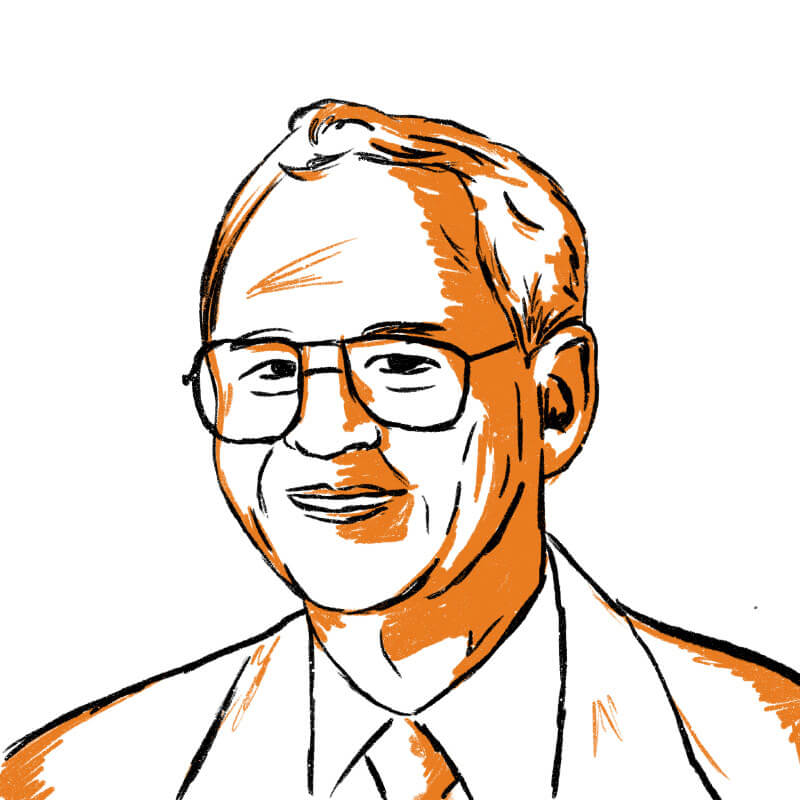 1997: Frederick S. Billig Ph.D. ‘64, who was an adjunct professor in the Department of Aerospace Engineering for 25 years, is known for his contributions in the area of supersonic and hypersonic combustion. His primary research focused on high-speed air-breathing propulsion for advanced flight vehicles, and his programs were sponsored by the U.S. Navy, U.S. Air Force and NASA. Billig, a National Academy of Engineering member, had numerous patents and awards.
1997: Frederick S. Billig Ph.D. ‘64, who was an adjunct professor in the Department of Aerospace Engineering for 25 years, is known for his contributions in the area of supersonic and hypersonic combustion. His primary research focused on high-speed air-breathing propulsion for advanced flight vehicles, and his programs were sponsored by the U.S. Navy, U.S. Air Force and NASA. Billig, a National Academy of Engineering member, had numerous patents and awards.
 1994: After agreeing as students to start a company together, Angel P. Bezos ’69 and Emilio A. Fernandez ’69 founded Pulse Electronics in 1977, and within a year, pioneered the development of modern railway event recorders by introducing magnetic tape recorders. Their company is now recognized as an industry leader in improving railroad safety.
1994: After agreeing as students to start a company together, Angel P. Bezos ’69 and Emilio A. Fernandez ’69 founded Pulse Electronics in 1977, and within a year, pioneered the development of modern railway event recorders by introducing magnetic tape recorders. Their company is now recognized as an industry leader in improving railroad safety.
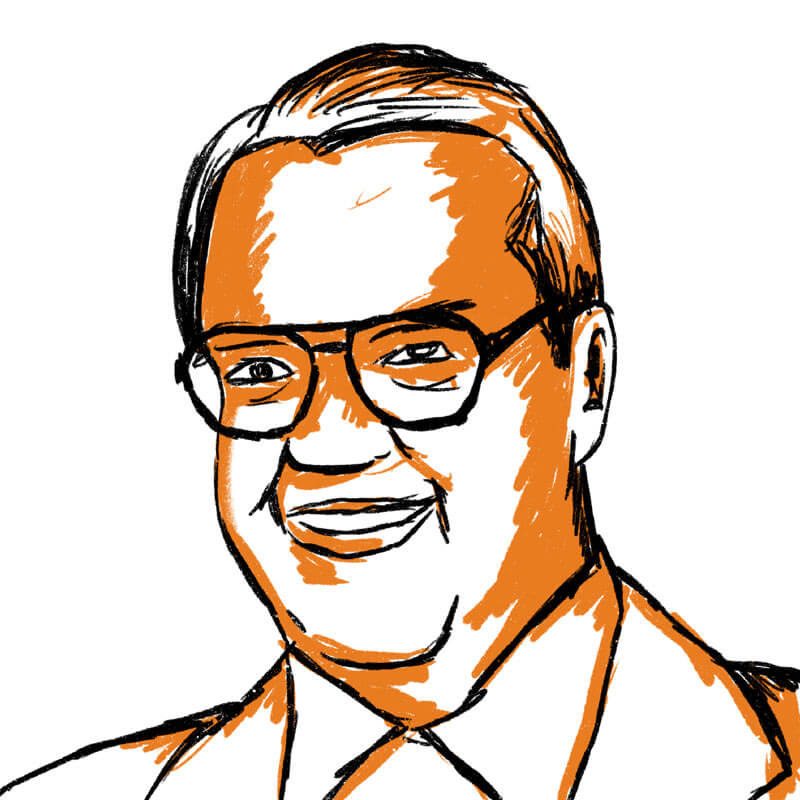 1991: Next time you speed through the checkout line, thank George J. Laurer ’51, creator of the Universal Product Code (UPC). He earned his electrical engineering degree from the University of Maryland after serving in World War II. He holds 25 patents, authored 20 published Technical Disclosure Bulletins and retired in 1987 as a 36-year veteran of IBM, where he was recognized for many technical innovations.
1991: Next time you speed through the checkout line, thank George J. Laurer ’51, creator of the Universal Product Code (UPC). He earned his electrical engineering degree from the University of Maryland after serving in World War II. He holds 25 patents, authored 20 published Technical Disclosure Bulletins and retired in 1987 as a 36-year veteran of IBM, where he was recognized for many technical innovations.
 1987 (posthumous): Glenn L. Martin, who served on the University of Maryland Board of Regents, was a born mechanic and innovator despite never receiving a formal education. In 1909, Martin achieved the first recorded flight in California after he built and flew an airplane based on photographs of the Wright brothers’ plane. He also developed the first automatic parachute, and he designed the first bomb sight to be used by the U.S. Army.
1987 (posthumous): Glenn L. Martin, who served on the University of Maryland Board of Regents, was a born mechanic and innovator despite never receiving a formal education. In 1909, Martin achieved the first recorded flight in California after he built and flew an airplane based on photographs of the Wright brothers’ plane. He also developed the first automatic parachute, and he designed the first bomb sight to be used by the U.S. Army.
